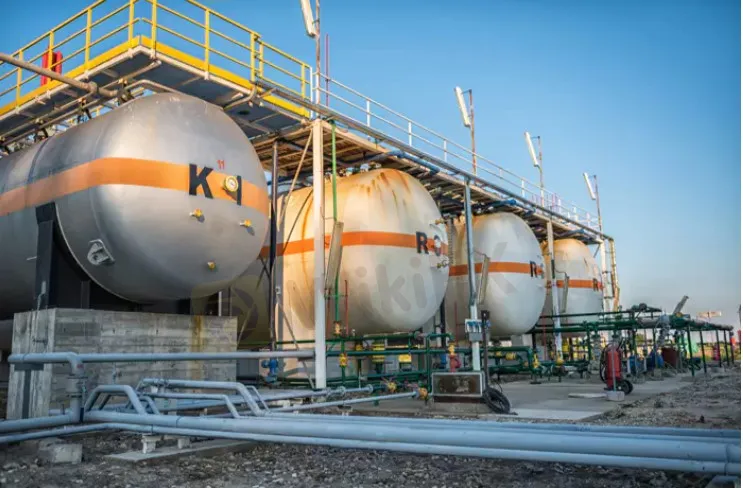Natural Gas Price Fundamental Daily Forecast Gapped Lower after Weather Models Trended Lower
Abstract:Natural gas prices are a function of market supply and demand. Increases in natural gas supply generally result in lower natural gas prices, and decreases in supply tend to lead to higher prices.

Natural gas prices are a function of market supply and demand. Increases in natural gas supply generally result in lower natural gas prices, and decreases in supply tend to lead to higher prices.
A “very bearish” pattern was predicted by two weather models for this week through December 15.
Following an overnight gap lower on the daily and weekly charts, natural gas futures are falling sharply today. The significant selling pressure is being caused by weather predictions that are projected to lower heading demand for the first half of December.
Natural gas futures for January are currently trading at $5.652, down $0.629 or -10.01%, as of 18:00 GMT. At $17.28, down $1.80 or -9.43%, the United States Natural Gas Fund ETF (UNG) is in the red.
The “Quite Bearish” Pattern is identified by NatGasWeather.
According to NatGasWeather, two weather models showed a tendency toward warming over the weekend, with the American model showing a “huge” reduction of 23 heating degree days.
For this week through December 15, both models predicted a “very bearish” pattern with “far warmer than average temperatures spanning the southern and eastern U.S. most days,” according to NatGasWeather.
Mixed Predictions for December 16–20
According to NatGasWeather, the weekend statistics did point to the probability of lower weather and higher national demand for the period between Dec. 16 and 20.
However, according to NatGasWeather, “the meteorological data had previously predicted a chilly U.S. pattern” for the first week of December, “only to trend considerably milder.” The weather data then predicted a cold pattern for the second week of December, only for it to significantly back off.
Market players will therefore probably view the projected cold for December 16–20 with suspicion for the time being, according to NatGasWeather.

Read more

Broker Comparsion: FXTM vs AvaTrade
FXTM and AvaTrade are two well-established online brokers offering forex and CFD trading across global markets. Both enjoy strong reputations and high ratings on WikiFX—FXTM holds an AAA overall rating, while AvaTrade scores 9.49/10, indicating they’re regarded as reliable choices by the community. However, since brokers have great reputation in the industry, how do we know which one is more suitable for individuals to invest in? Today's article is about the comparison between FXTM and AvaTrade.

Pi Network: Scam Allegations Spark Heated Debate
A whistleblower report has surfaced, casting doubt on the legitimacy of Pi Network, alleging psychological manipulation, opaque operations, and potential financial exploitation. What is your take on this?

Webull Listed on Nasdaq Following SPAC Merger with SK Growth
Webull and SK Growth complete their business combination, with Webull now trading under the ticker “BULL.” App hits 50 million downloads worldwide.

The Crypto Shift: Challenges and Opportunities for Traditional Brokers
Crypto exchanges are expanding into traditional asset classes like forex and commodities, blurring the lines with traditional brokers. Meanwhile, few brokers, like eToro, have successfully integrated crypto into their platforms, revealing both the opportunities and the challenges ahead.
WikiFX Broker
Latest News
Love, Investment & Lies: Online Date Turned into a RM103,000 Scam
Broker’s Promise Turns to Loss – Funds Disappear, No Compensation!
Broker Took 10% of User's Profits – New Way to Swindle You? Beware!
Pi Network: Scam Allegations Spark Heated Debate
Broker Comparsion: FXTM vs AvaTrade
Account Deleted, Funds Gone: A New Broker Tactic to Beware Of?
El Salvador and U.S. Launch Cross-Border Crypto Regulatory Sandbox
The Instagram Promise That Stole RM33,000
Kraken Partners with Alpaca to Offer U.S. Stocks and Crypto
Before You Trade the Next Big Thing, Remember the Dot-Com Collapse
Rate Calc

